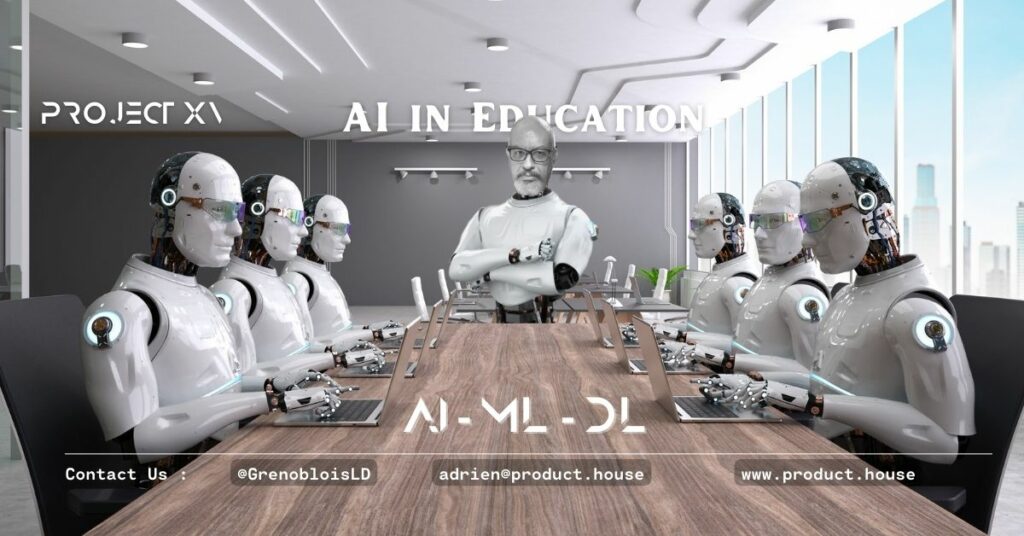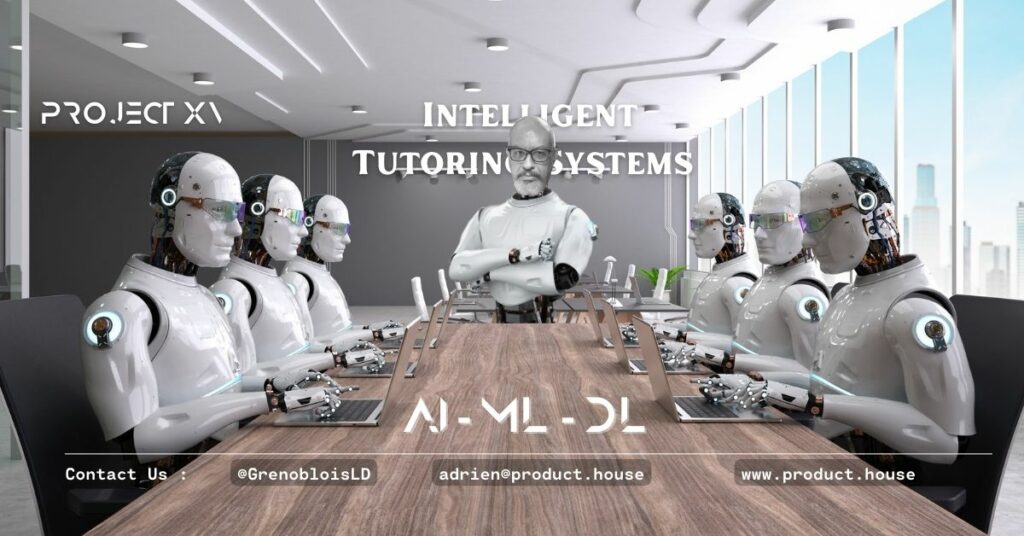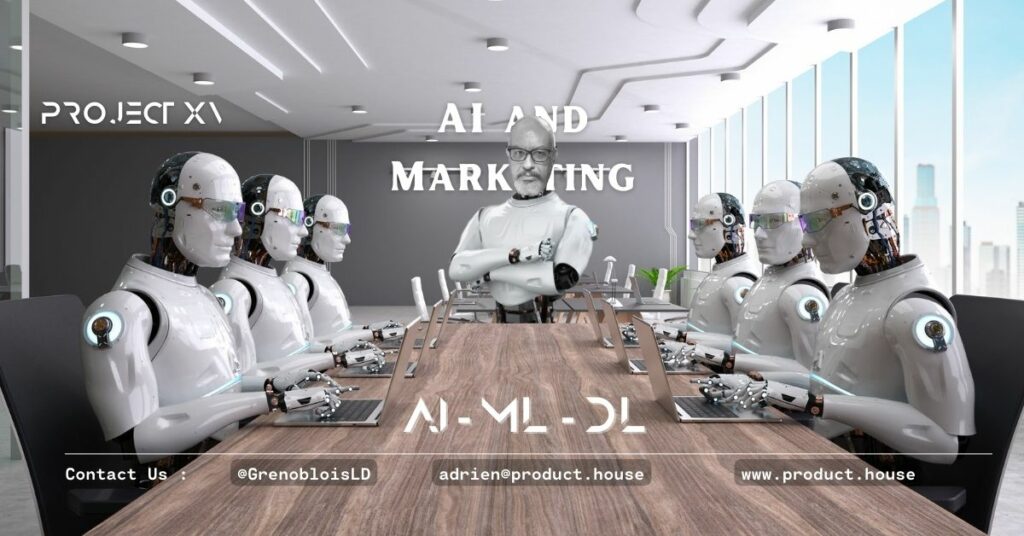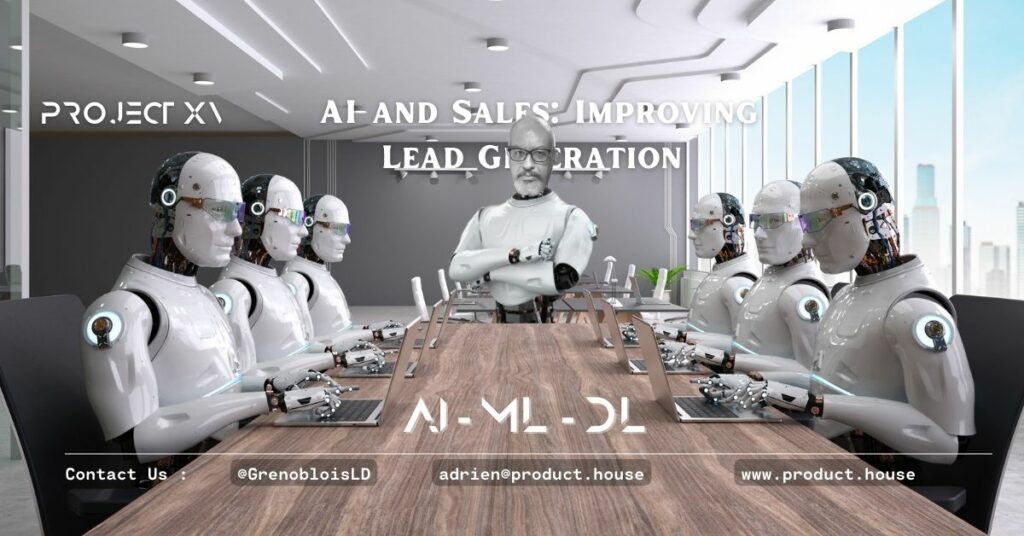AI in Education: How Technology Is Transforming Learning and Teaching

Artificial intelligence (AI) has the potential to revolutionize the field of education. By using machine learning algorithms, educational institutions can analyze large amounts of data and provide personalized learning experiences for students. In this article, we will explore the ways in which AI is transforming learning and teaching.
Introduction
The traditional education system has remained largely unchanged for decades. However, with the advent of new technologies like AI, the way we teach and learn is changing rapidly. AI has the potential to provide students with a personalized learning experience, improve the quality of education, and reduce costs.
AI and Personalized Learning
One of the most significant benefits of AI in education is the ability to provide personalized learning experiences for students. Machine learning algorithms can analyze student data, including their learning styles, preferences, and progress, to provide customized learning experiences. This leads to better learning outcomes and improved student engagement.
AI and Teacher Support
AI can also provide support for teachers. By analyzing student data, machine learning algorithms can identify areas where students are struggling and provide suggestions for how teachers can help. This can improve the quality of education and reduce teacher workload.
AI and Student Assessment
AI can also be used to assess student performance. By analyzing student data, machine learning algorithms can provide real-time feedback to students and teachers, identifying areas where students need to improve. This leads to better learning outcomes and improved student engagement.
Challenges and Opportunities
While AI has the potential to revolutionize education, there are also some challenges that need to be addressed. One of the biggest challenges is the need for high-quality data. Machine learning algorithms require large amounts of data to be trained, and the quality of the data is critical to the accuracy of the predictions. This means that educational institutions need to invest in data quality and data management to ensure that their machine learning models are accurate.
Another challenge is the need for expertise in data science and machine learning. Educational institutions need to have a good understanding of how machine learning works, and they need to be able to work with data scientists to develop and deploy machine learning models. This requires a certain level of technical knowledge, as well as an understanding of the educational context.
However, despite these challenges, there are many opportunities for the education industry to use AI in new and innovative ways. With the right approach, AI can help educational institutions provide better education to their students.
Resources and Further Reading
If you are interested in learning more about how AI is transforming education, there are many resources available to you. Here are a few recommendations:
Books:
- “Teaching AI: Exploring New Frontiers for Learning” by Michelle Zimmerman
- “Artificial Intelligence and Machine Learning for Business: A No-Nonsense Guide to Data Driven Technologies” by Jeff McMillan
Online Courses:
- “AI in Education” offered by Coursera
- “Machine Learning for Educators” offered by edX
- “AI for Education” offered by Udacity
University Courses:
- “Artificial Intelligence in Education” offered by Stanford University
- “Machine Learning for Education” offered by Carnegie Mellon University
- “AI for Learning and Teaching” offered by University of Technology Sydney
Potential Teachers:
- Michelle Zimmerman
- Jeff McMillan
Examples:
- Personalized learning experiences for students based on their learning styles and preferences
- Real-time feedback and assessments for students and teachers
- Reduced teacher workload through AI support
FAQs:
Q: How can AI be used to personalize learning experiences for students? A: AI can analyze student data, including their learning styles, preferences, and progress, to provide customized learning experiences that are tailored to the individual needs of each student.
Q: How can AI provide support for teachers? A: AI can analyze student data and identify areas where students are struggling, providing suggestions for how teachers can help. This can improve the quality of education and reduce teacher workload.
Q: How can AI be used to assess student performance? A: AI can analyze student data and provide real-time feedback to students and teachers, identifying areas where students need to improve. This leads to better learning outcomes and improved student engagement.
Q: What are some of the challenges of using AI in education? A: One of the biggest challenges is the need for high-quality data. Machine learning algorithms require large amounts of data to be trained, and the quality of the data is critical to the accuracy of the predictions. Another challenge is the need for expertise in data science and machine learning.
Q: What are some of the benefits of using AI in education? A: The benefits of using AI in education include personalized learning experiences for students, improved quality of education, reduced costs, and reduced teacher workload.






